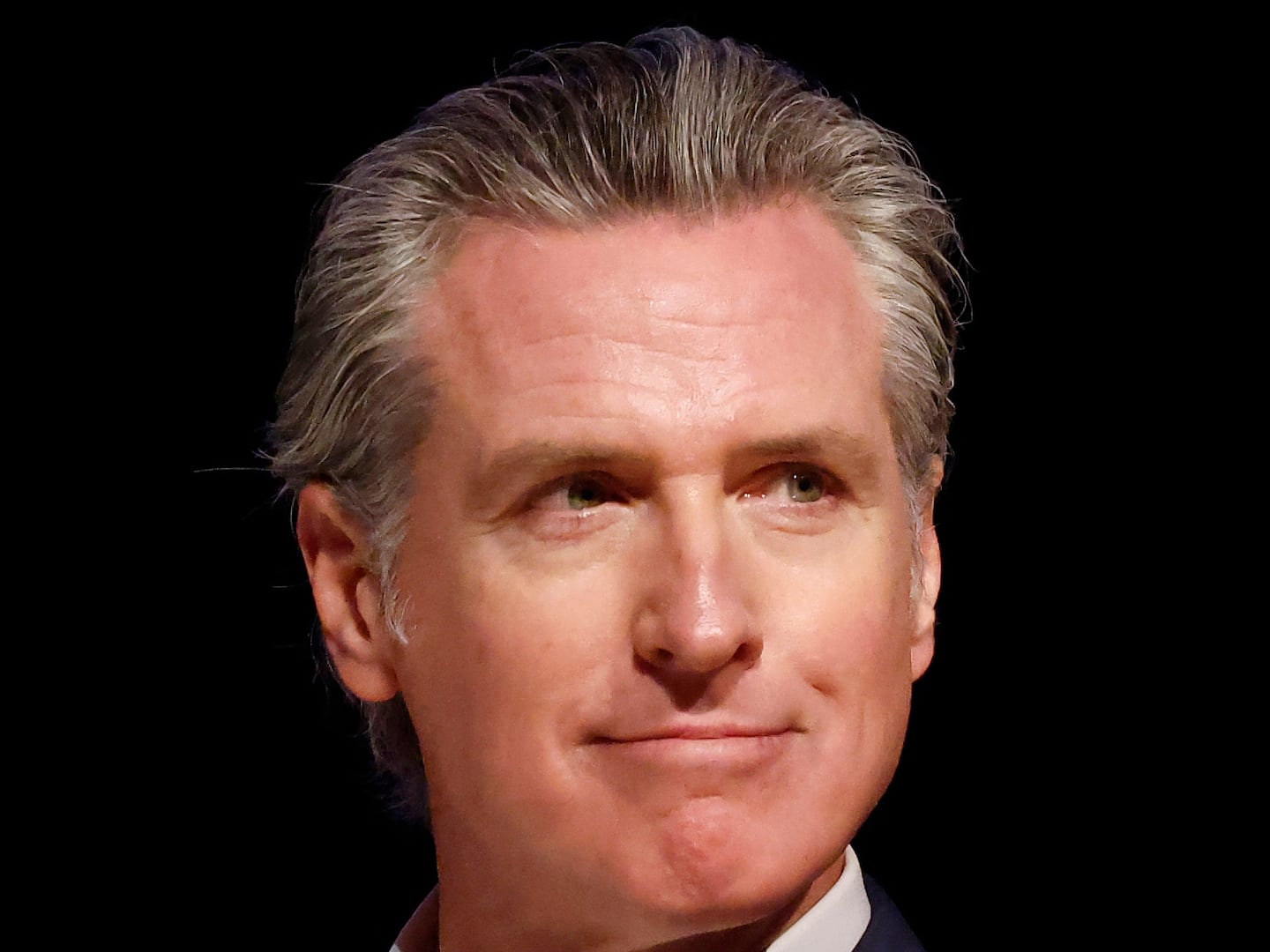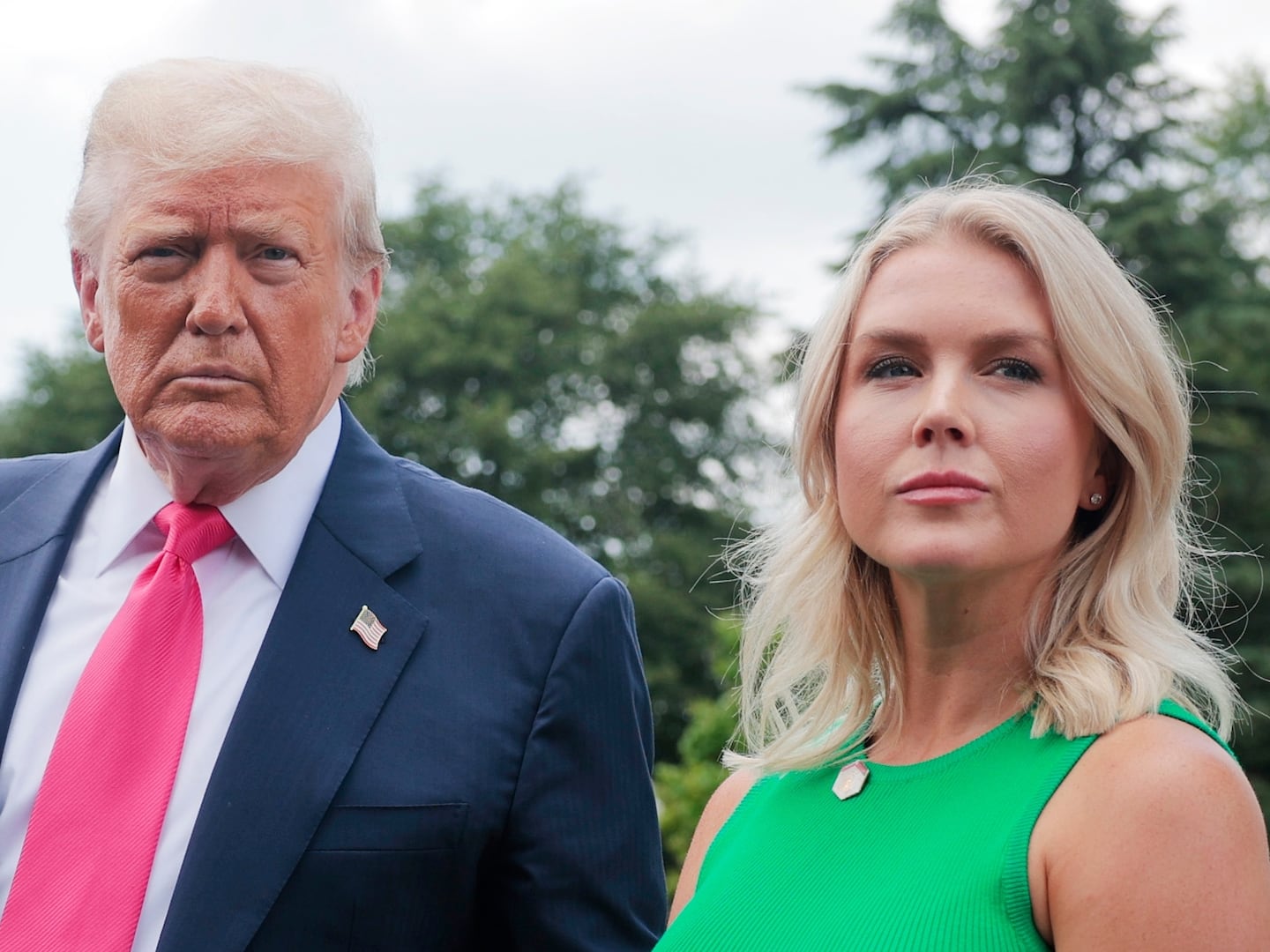Thelonious Monk and I were in the same room at the same time just once, in the summer of 1968, at the Winston-Salem, North Carolina Coliseum, the first stop on a 21-city tour for a package show of jazz artists that included Cannonball Adderley, Gary Burton, Dionne Warwick, and Monk. Wes Montgomery was supposed to have played, but he died several days before.
Monk was 50. I was 16. He was the reason I went to that concert. I’m not sure how I heard of him. Everyone I knew listened to rock or soul. There was a country station that no one I knew listened to. The local college station played classical. No stations played jazz. Not even the one African-American radio station played anything but rhythm and blues.
I go into all this detail, because I want to at least sketch out a cultural territory that no longer exists. Today, wherever you may live, if you can get online, you can hear about almost any kind of music, and what you don’t hear, your friends do. Today everyone is on the same page, or the page they want to be on, from Boise to Berlin to Bangkok.
In the ’60s, you worked alone. In our city of 130,000 people, if you were curious about anything that wasn’t utterly mainstream, you were on your own. I knew people who were knowledgeable about rock but no one who knew more than I did about, say, jazz or classical or country, and I knew next to nothing.
But while I’m fuzzy about where I first heard about Monk, I know precisely where I first heard his music: the listening booth in the music section of a local department store. As a teenager still not old enough to drive, I spent hours in that booth on Saturdays, listening to album after album while my mother shopped.

Decades ago, the listening booth joined the buggy whip and the transistor radio on the scrap-heap of popular culture, but when I was a teen they were useful twice over: as a portal to hear music you otherwise had no access to, and as a rough metaphor for the insular culture in which I swam—a soundproof room hardly bigger than a closet where, test driving music on the store’s equipment until they threw you out, you explored on your own, with no one to guide you, one LP at a time.
I played a lot of different records in that department store basement, including some jazz, but I kept coming back to Monk. He was unique. At some point, I took the plunge and bought one of his records. This was a big deal, since at that point I only owned maybe a half dozen albums. In no time, Monk accounted for a quarter of my whole collection.
The first Monk song I ever played was “Well, You Needn’t.” Standing in that booth (no chair—the store didn’t encourage lingering) I listened to the opening bars and I was hooked for life. I’d never heard anything like that before, and I couldn’t wait to hear more.
At that point, I knew nothing about bebop or stride piano or the incubating after-hours jazz scene in Harlem. I certainly didn’t know that Monk was originally from North Carolina (according to Robin D.G. Kelley’s excellent biography Thelonious Monk, the Winston-Salem show was the first time Monk had been back to North Carolina since his family moved north when he was 4).
All I knew was that this music—idiosyncratic, eccentric, weaving and stuttering without ever putting a note in the wrong place—was like nothing I’d ever heard but at the same time had this inevitable quality.
I also didn’t know then that this kind of lightning strike was extremely rare and would happen to me maybe six or seven times in my whole life. I just knew that as soon as I could save enough money, that record would be mine.
It would be a year or two later before Monk came to my city to play and I got to see him in person. Not counting the times I got dragged to hear Handel’s Messiah at Christmas, I think this was the first concert I ever attended.
Seeing him live was funny and joyous—music as helium. There he was, wearing a funny hat, sort of a sawed-off fez, and he’d get up and dance a little while his sidemen soloed, then slip onto the piano stool at the last possible second and pick up the melody at exactly the right moment.
Seeing Monk live was something I’ll never forget, and not just because he was my first concert. Up there at the piano, he was vivid—he made you want to watch him. He wasn’t just a name on a record jacket. He was flesh and blood. And his finiteness made his accomplishment seem all the more remarkable: a human being did this. This funny dude on the stage—he was responsible for all of it.
Other than that—and that’s not nothing—I felt the same about Monk as I had before I saw him. I’ve idled away a lot of hours analyzing music, but I’ve never really done that with his songs. I’m content to let them come in, with their melodies seemingly broken and mended all at once, with their just-visiting lightness, but with that sense that underneath, girding it all together, is a force like iron. Monk tunes share certain similarities. The tempos never get much past brisk, for one thing, and apparently he only wrote one song, “Ugly Beauty,” in waltz time. But even to a casual listener, none of the songs sound alike, even if they sound like they’re related by blood. They certainly don’t sound like anyone else’s songs.
The most often performed jazz composer is Duke Ellington, who wrote, singly or with Billy Strayhorn, thousands of songs. Second in line is Monk, who wrote 70 compositions. Apparently a lot of musicians share my craving to get into those songs and just live there.
A lot of people said it sounded strange when Monk first began recording in the ’50s. Some people never stopped saying that. It never sounded strange to me. Not the first time or ever after that. For whatever reason, it always made perfect sense. It sounded like something I’d been waiting for.
***
Researching this story, I discovered that Monk is buried about 20 minutes from my house, so this morning I drove to Ferncliff Cemetery in Hartsdale, New York, and paid my respects. Ferncliff is a modern cemetery, a memorial garden, meaning no headstones. There are several large mausoleums, surrounded by 70 acres of what looks from a distance like well-manicured open space, until you stand right over the graves, which have plaques set flush with the ground.
Thelonious Sphere Monk is buried with his wife, Nellie, and his daughter, Barbara “Boo Boo” Monk, for whom “Boo Boo’s Birthday” is named. I’d suspected that I might have company at the gravesite, since today is Monk’s birthday. But except for a few grounds-crew members, I had the place to myself. It was very quiet. The Sawmill River Parkway runs nearby, but thick stands of trees around the graveyard blocked out the traffic noise. All I could hear was birdsong.
Monk would be 100 today. Happy birthday, Thelonious.





